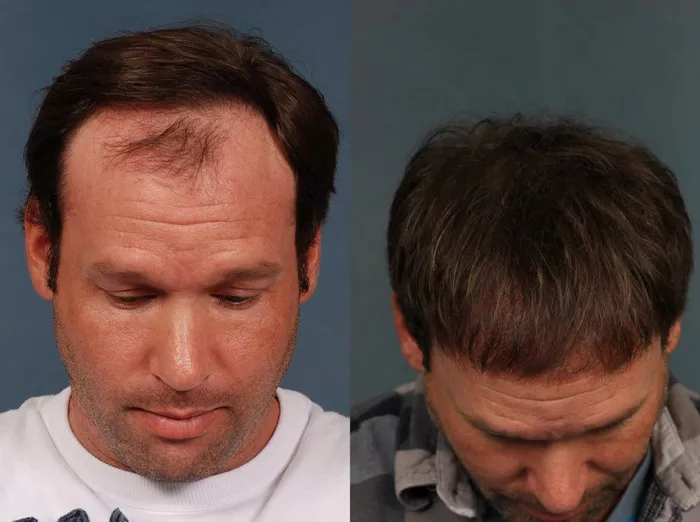Hair transplant procedures have become increasingly popular over the years as a viable solution for individuals facing hair loss or thinning. While the immediate results are often gratifying, many individuals wonder about the long-term outcomes. This article explores what happens a decade after a hair transplant, shedding light on the lasting effects and considerations.
1. The Initial Years:
In the first few years post-transplant, patients typically experience a significant improvement in hair density and natural-looking results. The transplanted hair grafts take root, and the overall appearance becomes more consistent and aesthetically pleasing. However, it’s crucial to note that the full results may not be immediately apparent, as the hair continues to mature and thicken over time.
See Also: FUE vs. Artas: What is the difference?
2. Stability and Maintenance:
Around the five-year mark, the transplanted hair is well-established, and stability becomes a hallmark of successful hair transplants. Patients often find that the need for additional procedures diminishes, and the transplanted hair continues to behave like natural hair. Regular maintenance, such as using appropriate hair care products and maintaining a healthy lifestyle, becomes essential to preserve the longevity of the results.
3. Natural Aging and Complementary Treatments:
As time progresses, patients may notice changes in their native hair due to natural aging processes. While the transplanted hair retains its characteristics, surrounding hair may undergo typical age-related changes. Some individuals opt for complementary treatments such as low-level laser therapy or medical-grade shampoos to support the overall health of their hair and slow down potential future hair loss.
4. Long-Term Satisfaction:
A decade after a hair transplant, patient satisfaction remains high for many individuals. The psychological impact of regaining a full head of hair often extends beyond the physical aspect, positively influencing self-esteem and confidence. The long-lasting results contribute significantly to the overall contentment of patients who have undergone successful hair transplant procedures.
5. Potential Need for Additional Procedures:
While many individuals experience lasting results, some may consider additional procedures to address ongoing hair loss or to refine the previous transplant. It’s crucial for patients to maintain realistic expectations and consult with their surgeon to determine the most suitable course of action. Advancements in technology and techniques may provide new options for those seeking further improvement.
6. Advancements in Technology:
Over the course of a decade, advancements in hair transplant technology have continued to evolve. New techniques and tools may emerge, offering improved precision, reduced recovery times, and enhanced overall results. Patients considering additional procedures or those who underwent transplants in earlier years may benefit from exploring these advancements to optimize their outcomes.
7. Potential Complications and Mitigations:
While complications are rare, some patients may face challenges such as infection or graft failure. In the long term, it’s essential for individuals to remain vigilant about their overall health and address any concerns promptly. Regular follow-up appointments with the transplant surgeon help identify and mitigate potential issues early on, ensuring the continued success of the procedure.
Conclusion:
A decade after a hair transplant, individuals can expect enduring and satisfying results. Stability, combined with advancements in technology and ongoing care, contributes to the long-term success of the procedure. While some may explore additional treatments or procedures as time progresses, the majority of patients find that their restored hair provides lasting confidence and improved quality of life. As the field of hair restoration continues to advance, the future holds even more promising possibilities for those seeking effective, long-term solutions to hair loss.


